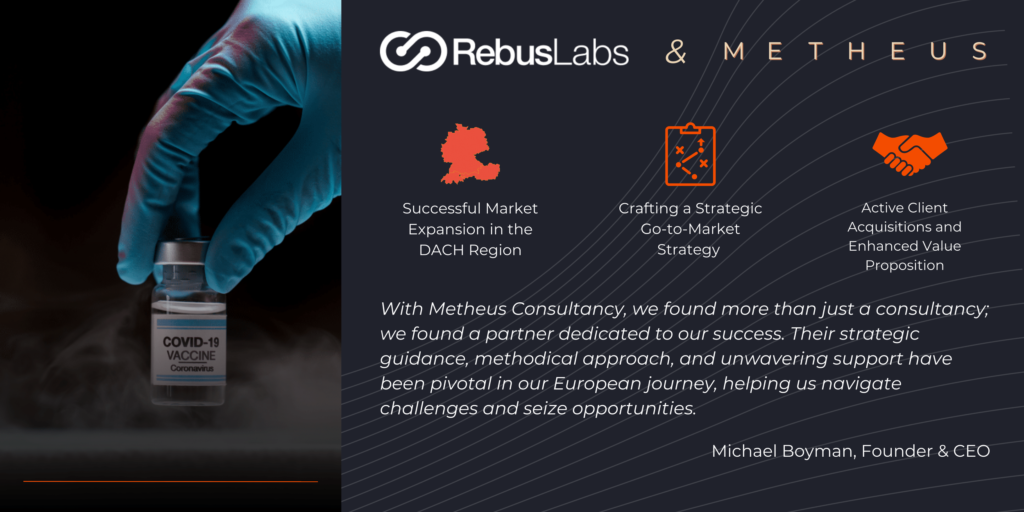Competitor analysis is essential for any business that wants to build a sustainable competitive advantage. Before you can out-position your competitor, you have to know who they are and what they’re up to. Your company’s value proposition isn’t only about how you’re different from competitors-it’s also about what capability you bring to the table. To perform a competitor analysis, you can compare your competitors based on a numeric scale for selected criteria, identify gaps and create your strategy to clearly differentiate yourself in the market.
Competitor analysis is essential for any business that wants to build a sustainable competitive advantage. It allows you to understand your competitors, their capabilities and their value proposition, which can help you inform your strategy and create a competitive advantage.
This process is continuous and needs to be done regularly in order for it not just be something that gets put on the back burner because “it’s not urgent.”
Before you can out-position your competitor, you have to know who they are and what they’re up to.
The first step in developing an effective competitor analysis is to select the right competitors. Before you can out-position your competitor, you have to know who they are and what they’re up to.
This means selecting your competitors based on geography, target customer audience, value proposition and pricing overlaps with your business. You need a clear view of who’s in the market space and how they position themselves vis-a-vis other companies that may not even be direct competitors but could impact your business’s success for better or for worse (think: customers who choose one company over another).
Once you have this data from which to work from—and it doesn’t take too long—you can move on to phase two of creating an effective competitor analysis: understanding what makes them tick.
Your company’s value proposition isn’t only about how you’re different from competitors–it’s also about what capability you bring to the table.
It’s important to focus on both of these things when conducting your competitor analysis, as they go hand-in-hand. The best way to get started on this is to ask yourself: “What is it that our product or service does that makes it unique?” This question should be followed by another: “How does this capability help us create value for our customers?”
One quick test is from Gartner: The Competitor Swap Test – Simply replace your company or product name with that of your competition. Does the messaging still ring true? If so, then you’re in me-too mode and not doing anything to help customers understand what makes you different.
For example, if your company sells industrial equipment for drilling wells and selling water, then one of its unique capabilities will be in its ability to predict how much water will flow from each well. A competitor could also provide this same capability but may use different technology or have fewer years of experience doing so. In this case, the strength of your business comes from having a proven track record in predicting the amount of water produced by each well which gives customers confidence when making decisions about who they choose as their supplier.
Next, you should define which capabilities or criteria you will compare your company with its competitors when conducting this analysis so that it doesn’t just become another tool for measuring performance against expectations but rather focuses on how well each group is meeting customer needs through their chosen strategies.
For grouping and listing capability criteria, Treacy and Wiersema suggest that in order to be viable a business must be successful in three key areas: Customer Intimacy (the extent of interactions with customers), Product Leadership (having products and services that are perceived by customers as being superior), and Operational Excellence (how well it does as an organization).
To perform a competitor analysis, you can compare your competitors based on a numeric scale for selected criteria.
This will allow you to evaluate their strengths and weaknesses in the marketplace and make it easier to determine where they fit within the competitive landscape.
In order to conduct an effective competitive analysis, follow these steps:
-
Understand your competitor’s strategies: The first step is to understand what their strategy is. For example, if they are using social media advertising as part of their strategy then this information should be included in your analysis.
-
Know what capabilities they have: You need to know how capable each competitor is at executing their strategy by looking at things like budgets, headcounts, etc..
-
Determine what they are doing: You also need to look at how each competitor allocates its resources when conducting business or marketing operations such as researching new markets or developing products/services that meet customer needs better than those offered by other companies operating within similar industries (e-commerce sites selling electronics).
-
Understand your own strengths and weaknesses as compared with those of other companies operating within the industry (as revealed through market research).
-
Determine how well each company’s products/services stack up against one another using various criteria such as price range, features offered (features offered include things like availability in multiple languages), etc.
The scorecard is then shared with the organization’s leadership team to understand where they stand compared to their competitors. This can help them make decisions about how they want to move forward in the marketplace and what areas need improvement or additional focus.
Identify gaps and create your strategy to clearly differentiate yourself in the market, and prepare your roadmap.
-
Identify gaps in your competitors’ capabilities. What is the main differentiator between your competitors and you?
-
Identify gaps in your own capabilities. Can you offer a unique value proposition? Is it something you can tangibly demonstrate to prospects, or does it need to be communicated through sales presentations, etc.?
-
Create a strategy for filling those gaps. If there are things that your competitors do well but you don’t, how will you make up for this gap? If there are areas where they are weak while you excel, how will this impact the marketability of products or services offered by each firm?
-
Create a strategy for differentiating yourself from other firms with similar offerings as yours (the competition). How can consumers recognize one brand over another when they look at all of them together in an online search engine result page (SERP)?
With the aid of Metheus’ importance-to-customer & operational capability matrix, a roadmap can now be generated. For example, areas that are important to the customer but where there is a low operational capability, will require further investment and development. On the other hand, areas that are important and accompanied by high capability will be one of the key differentiating factors between you and your competitors and should be maintained. By aligning your company’s vision with your resources, this roadmap can guide your expansion strategies.
As a B2B technology company, you need to make sure your customers see the unique value in what you do.
A good way to do this is by focusing on the problems that your customers are facing and then showing how your solution will help them solve those problems. This is something that all businesses must do in order to be successful, but it’s especially important for technology companies because their products are not always easy for customers to understand or use on their own. By helping customers understand how they can use your product or service differently than others, you’ll ensure that they have an experience with real value—and ultimately become loyal customers who come back again and again!
The more detailed and comprehensive your competitor analysis is, the better. The purpose of this analysis is to clearly understand your competition so that you can make an informed decision on how best to position yourself in the market. It’s essential for any company looking to build its brand and make money by differentiating itself from competitors.
Metheus can help your business to conduct effective and much deeper competitor analysis. We have proven business validation & market entry methods already implemented. Our insights include high quality of data for different countries, business models and product lines. You can get your free 1 hour consultancy session with our team members who have top-tier skills in strategy, business analytics, and data management. Let’s connect!









